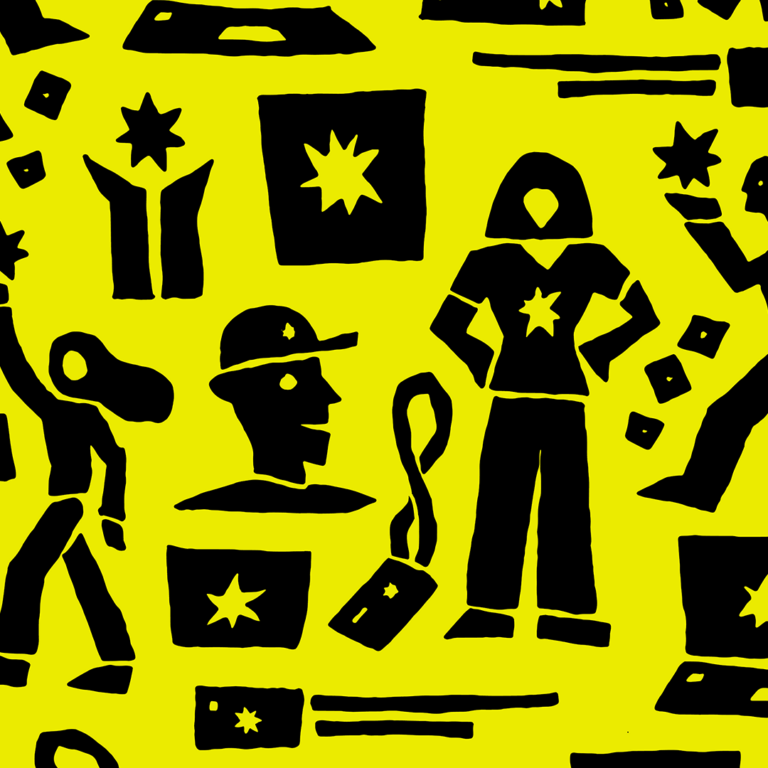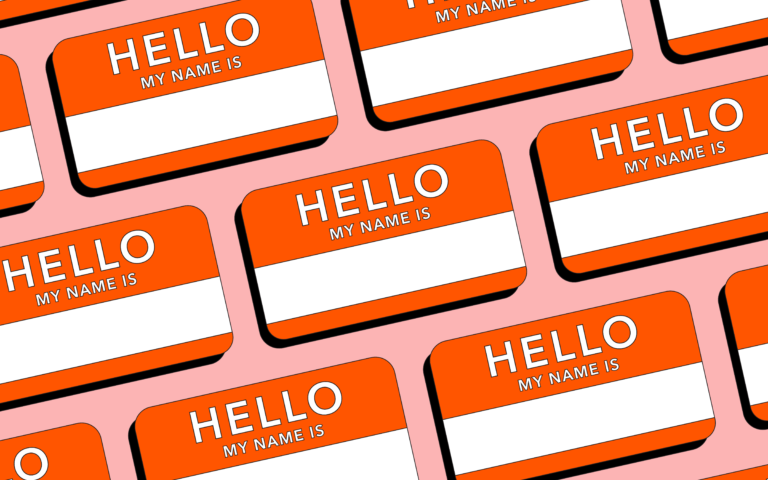
Building a Concept-Driven Brand
At Superhuman, we believe that great brands are driven by a strong concept. We see brands as distinct stories that shape a shared understanding of your business.
To truly build that understanding, a brand can’t just be a paintbox of colors or fonts. It has to be guided by strong conceptual thinking.
There are many types of concepts that can sit at the heart of great brand. Here are a few of our favorite concept types that help elevate what a brand can be.
Central Metaphor
Many brands connect their key components to one strong metaphor that lives at the brand’s center. Airbnb’s logo is a symbol they invented called the “Belo,” which represents people, places, and love. It connects to Airbnb’s mission to enable you to belong anywhere. Resembling a heart, it traces back to Airbnb’s archetype: the Lover.
When we partnered with our clients to create the Phrase brand, we landed on the metaphor of a doorway opening. This is found in the “P” of its logo, as well as its tagline, “Unlock language. Unlock opportunity.” This metaphor connects back to its archetype of the Visionary, and its purpose: to open the door to global business by giving everybody access to the content they need in the language they speak.
Personification
Personification can come to life in many ways, from a spokesperson like Flo from Progressive to a fictional character like Mr. Clean. It can also be a CEO or founder figurehead who essentially stands for the brand, like Elon Musk for Tesla or Seth Rogen for Houseplant.
But some of our favorite personified brands represent the many facets of a brand’s ecosystem through multiple characters. For example, when we created the Logicmonitor brand, we created a series of robots that symbolizes the platform’s many features and benefits. Or when we evolved the Uncle Franky’s brand, we dialed up Franky as the personification of his hot dog joint, and added a whole family to build out his legacy and dimensionalize his story.
These characters represent the values and differentiators of the brand and the experience they provide, and make them easy to remember and connect with.
Emotional Driver
A brand can also be inspired by a key emotional driver. This is a central feeling that the brand hopes to capture in its communications, products and marketing.
Omsom, a brand that celebrates “loud, proud Asian flavors,” derived its name from the Vietnamese phrase “om som,” which means “noisy, rambunctious, riotous.” As the brand explains, it’s often used to tell children to quiet down.
The brand celebrates this boisterous energy in everything it does, from its many products that celebrate bold, spicy flavors, to its frenetic color scheme to its commitment to fighting stereotypes against Asian cuisine.
When we created the Livio brand, we noticed that the category, which caters to palliative care, erred on the side of emotional restraint and even darkness. We get it—pain management and end-of-life care are hard topics, and deserve to be treated with gravity. But that doesn’t mean there isn’t room for warmth and humanity. We went against the trend to create a brand inspired by patients’ lives, not their diagnoses. At the center of the brand was a feeling of hope and connection, which translates into hand-drawn textures, soft yet optimistic colors and relational photography.
Imaginary World
Some of the world’s most beloved brands extend their brand platform into an entire world. Lego doesn’t just provide building blocks for kids, but aims to inspire and develop the builders of tomorrow. Rooted in the Creator archetype, Lego manufacturers entire worlds for children to build and remix, and doesn’t stop there. Lego flowers now hold prized shelf space in adult households, and The Lego Movie became an entire franchise. When we created the 1E brand, which is a leader in the digital employee experience category, we decided to build an imaginary world. We created a system of “wonders,” which were abstract shapes that could convey the joy of a great employee experience, and landed on the tagline, “Work Wonders.” These shapes could make up complex landscapes, like our 1E employee posters, or simply convey how its product functionality makes an employee’s day.
Conceptual Thinking
Many organizations find it difficult to create a clear explanation of what they stand for, not just with their customers, but also their employees. That’s why building a brand based on a strong concept is so important. It connects every element of the brand by ensuring they all ladder back to the same big idea. The more clear and memorable this concept is, the more aligned your organization will be.





